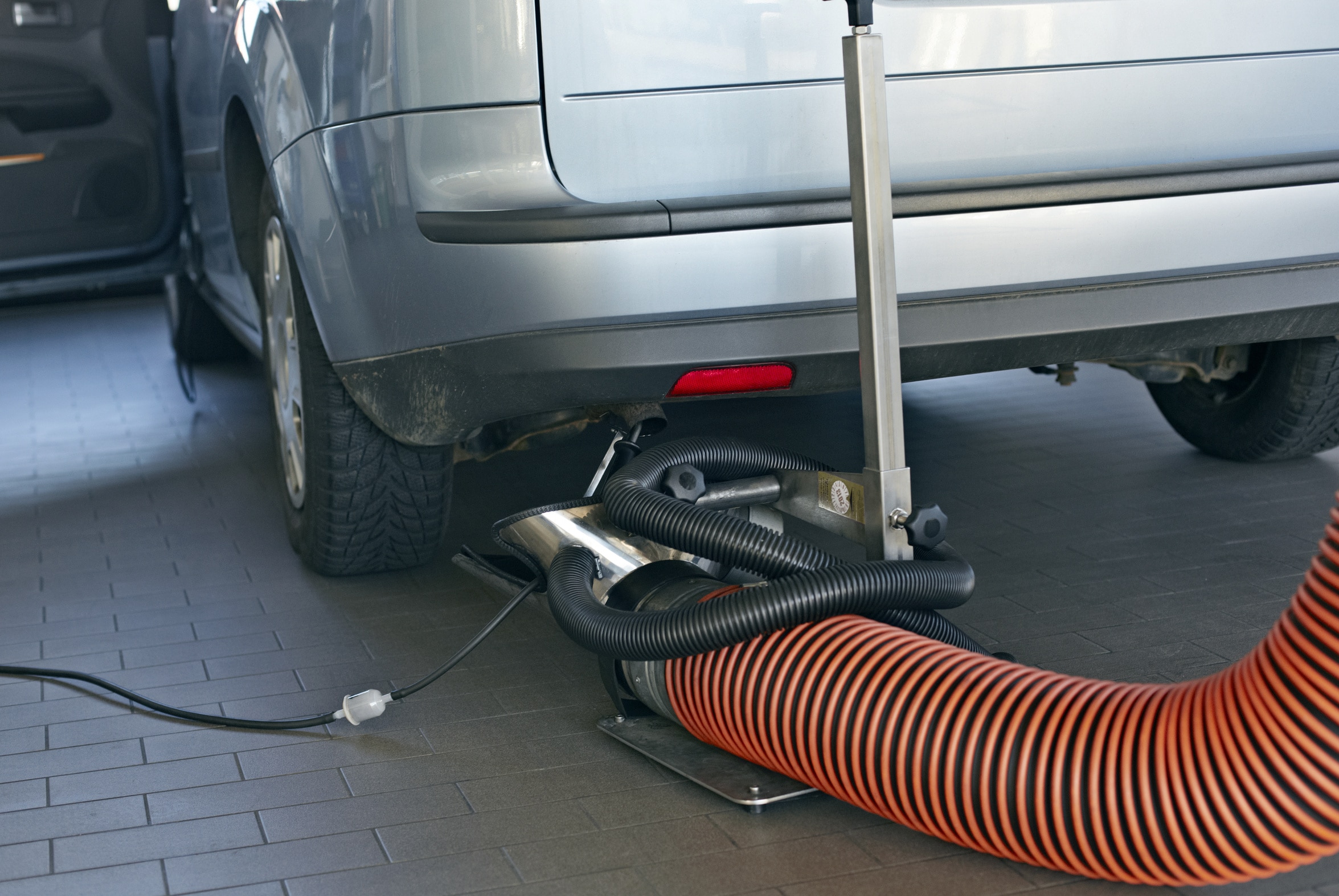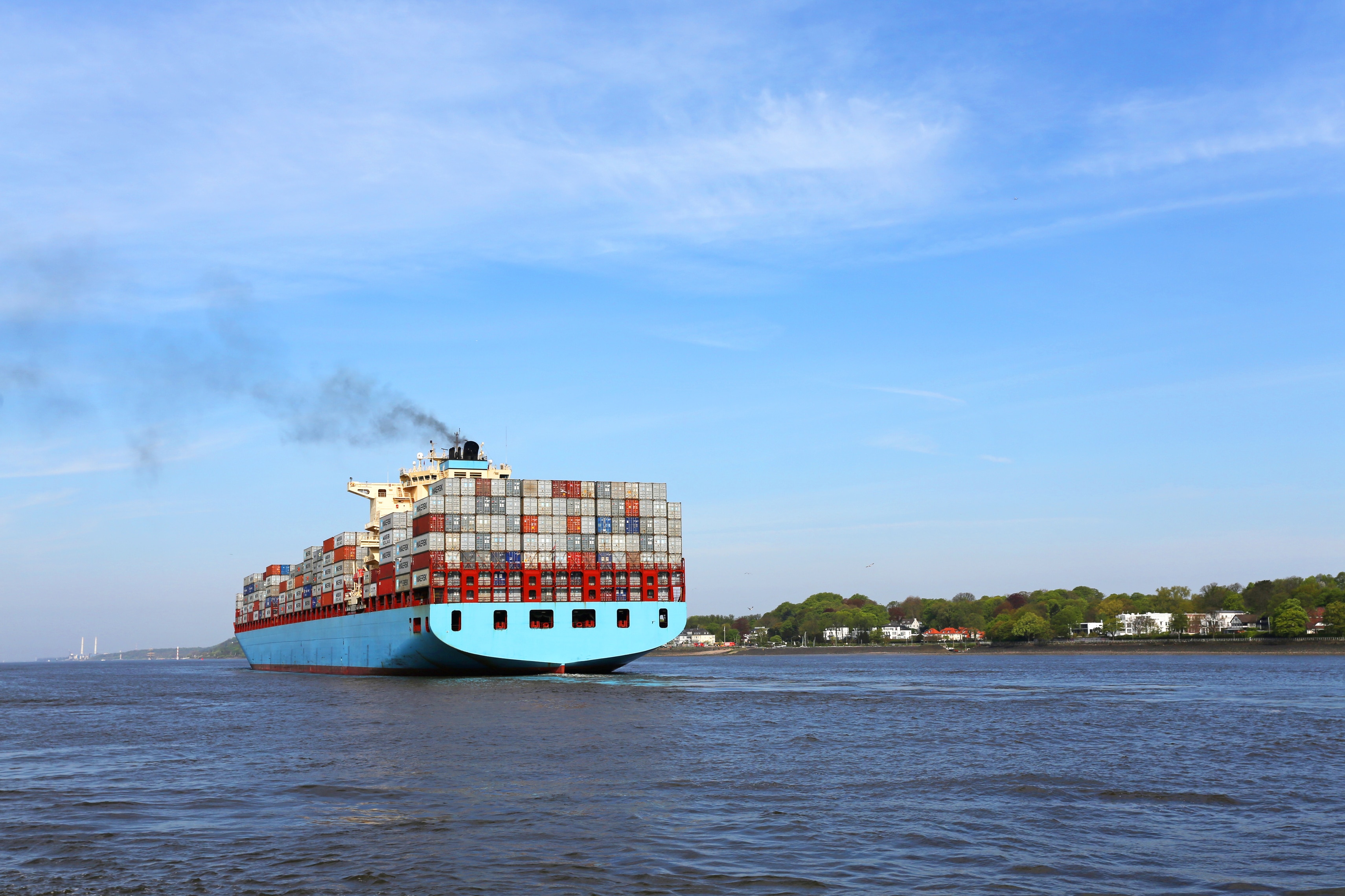

In the commercial vehicle sector, the addition of urea solution to reduce emissions has already been used for some time. As a result of the renewed tightening of emissions standards with real-world tests on the road, SCR technology is now essential for all larger diesel engines. The widespread introduction of SCR technology by the automotive industry has triggered numerous research activities to further improve existing systems or develop new solutions.

All new ships sailing within an Emission Control Area (ECA) must reduce NOx emissions to meet the strict Tier III requirements. SCR is becoming a widely-accepted technology to meet the Tier III requirements for NOx emission limits, and can be used with marine engines using various standard fuel types.

The OEM-module delivers a reliable and continuous measurement of NH3 with reaction times (T90) of less than five seconds. The LGD F200 is a standalone extractive solution, and can be integrated into various ammonia analyzer solutions. The measurement can take place close to the gas stream by drawing a sample (near in-situ), or through extraction of a heated sample to a common gas analyzer.